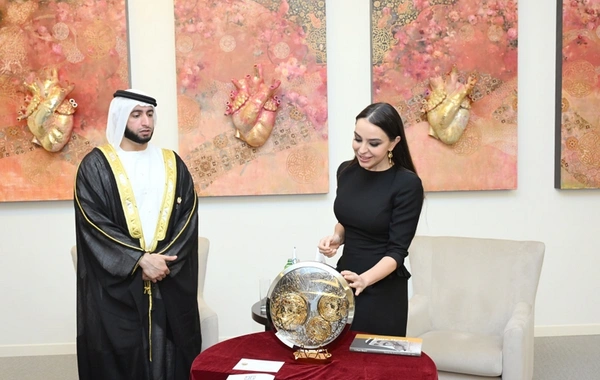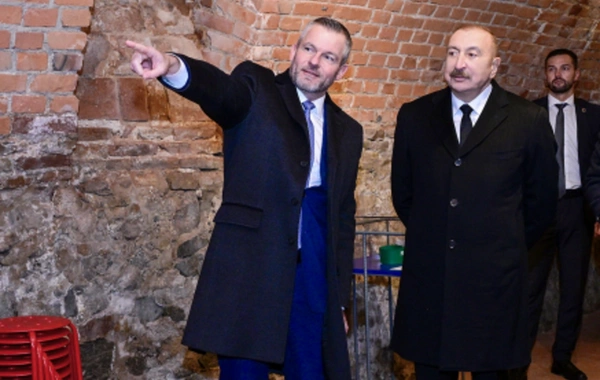A method for heart recovery after a heart attack has been discovered

American scientists have found a way to repair damaged heart after a heart attack by "awakening" a gene that is normally active only in early developmental stages. Research conducted at the Lewis Katz School of Medicine at Temple University showed: synthetic mRNA carrying the PSAT1 gene helps trigger heart muscle regeneration in adults. The work is published in the journal Theranostics.
The PSAT1 gene participates in key cell growth programs during embryonic development, but is almost completely turned off in the mature heart. Scientists created modified mRNA with this gene and injected it into mouse hearts immediately after heart attack. As a result, the animals showed increased division of cardiomyocytes, reduced tissue scarring, formation of new blood vessels, and significantly improved heart function.
Analysis showed that PSAT1 initiates the metabolic pathway of serine synthesis, which is important for protecting cells from stress and DNA repair. It was also established that PSAT1 function depends on the YAP1 protein - a known regeneration activator. Without the activation of this pathway, the therapeutic effect disappeared, confirming its key mechanism of action.
The method is based on modRNA technology - the same one used in creating COVID-19 vaccines. It allows delivery of necessary genes to cells without altering DNA, reducing risks of long-term side effects. Scientists hope that in the future such approaches will allow not only treatment but also prevention of heart failure through genuine organ regeneration.
Similar News
Doctor named four fruits to improve digestion
Kiwi, papaya, guava and slightly unripe bananas can reduce bloating and improve digestion thanks to natural enzymes and prebiotics. This was told to the Daily M...




 Azərbaycanca
Azərbaycanca  По-русски
По-русски  English
English 





